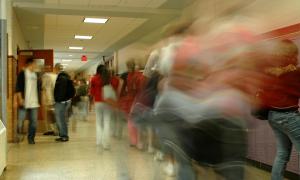Last week, Teaching Tolerance ran a post from an assistant principal in Illinois. Lamenting the recent spate of anti-Islamic incidents and the rising anti-Muslim rhetoric, she wrote:I immediately wondered how to tackle this head-on as an educator. What would I say to my teachers about how to approach the subject in our history classes? How could I be a participant in a difficult conversation in which some of our Muslim students are directly affected?


